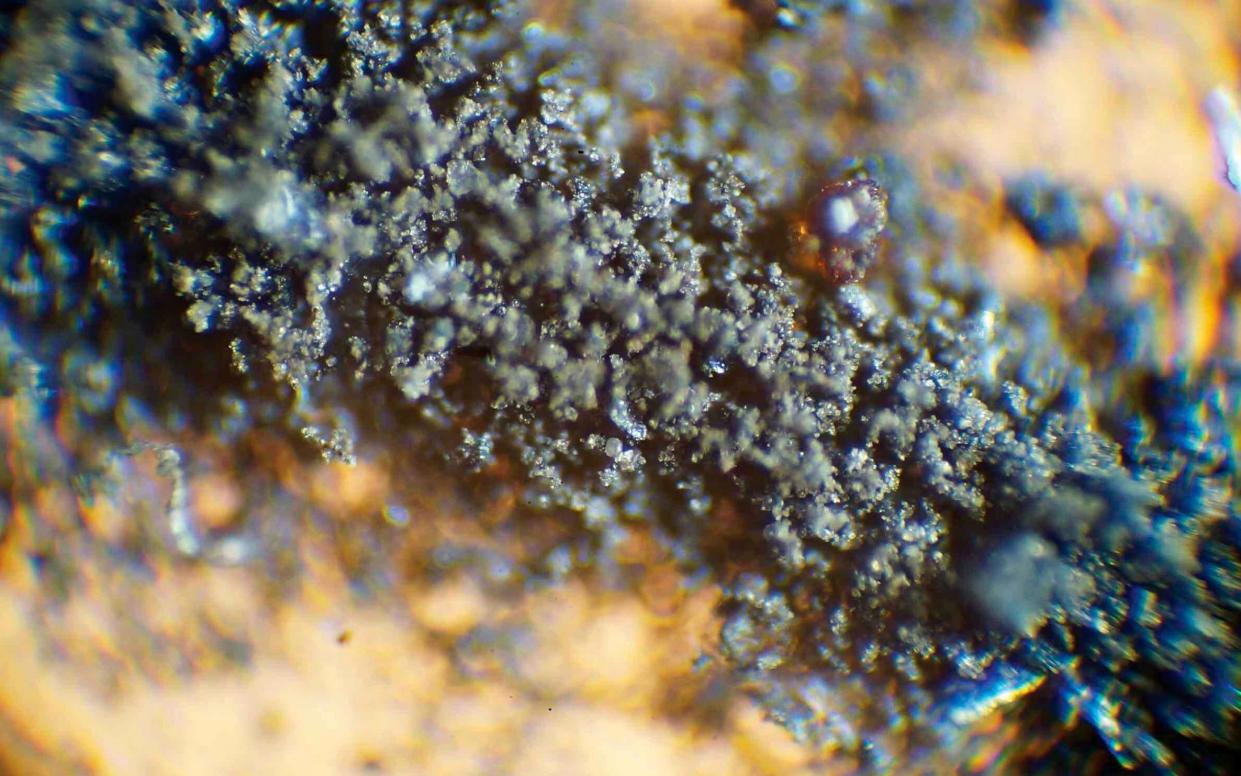Moon dust fired into space could help stop global warming

Moon dust could be fired into space to shade the Earth from the Sun’s rays and stop global warming, scientists have concluded.
The radical solution might sound extreme, but astrophysicists have calculated that it could reduce solar radiation by one to two per cent, enough to stop climate change.
Although launching vast quantities of dust from Earth would be too expensive, mining moon dust for the task could be achievable, they argue.
The proposal involves shooting lunar dust from a platform on the surface of the Moon towards the Sun. The team found that when fired at the correct trajectory, the dust would scatter effectively into space and work as a sun shield.
“It is amazing to contemplate how moon dust - which took over four billion years to generate - might help slow the rise in the Earth’s temperature, a problem that took us less than 300 years to produce,” said Scott Kenyon from the Harvard–Smithsonian Center for Astrophysics.
“It is astounding that the Sun, Earth, and Moon are in just the right configuration to enable this kind of climate mitigation strategy.”
‘Possible game changer for critical problem’
The team stumbled across the idea while studying planet formation around distant stars.
Planet formation is a messy process that kicks up astronomical dust, forming rings around host stars, and partly blocking out the radiation.
“That was the seed of the idea,” said Ben Bromley, professor of physics and astronomy at the University of Utah and lead author for the study.
“If we took a small amount of material and put it on a special orbit between the Earth and the Sun and broke it up, we could block out a lot of sunlight with a little amount of mass.
“We aren’t experts in climate change, or the rocket science needed to move mass from one place to the other, we’re just exploring different kinds of dust on a variety of orbits to see how effective this approach might be. We do not want to miss a game changer for such a critical problem.”
Initially, the team considered firing dust from a space station positioned at L1 Lagrange point - the closest point between Earth and the Sun where gravitational forces are balanced, acting like a parking spot in space.
In computer simulations, the researchers found that although the dust could be shot precisely into an orbit that shielded the Earth, it was easily blown off course, meaning the space station would need a platform to blast new batches of dust into orbit every few days.
“It was rather difficult to get the shield to stay at L1 long enough to cast a meaningful shadow,” said Sameer Khan, an undergraduate student and the study’s co-author.
Launching dust from the Moon requires far less energy, and there is a large supply close at hand.
British professor says simpler solution required
However, a British expert said there were some difficulties in the proposals and called for a simpler solution.
Commenting on the proposal, Professor Stuart Haszeldine, of the University of Edinburgh, said: “Placing moon dust at the gravity mid-point between Earth and Sun can indeed reflect heat - with the right particle shape, at the right size, and in exactly the right place. But this is like trying to balance marbles on a football, within a week most dust has spun out of stable orbit.
“Which is why there is no natural dust accumulation at this astronomical point. There are easier methods to decrease the heating of the Earth, and humans should now be enacting those to repair the climate.”
The research was published in the journal PLOS Climate.

 Yahoo News
Yahoo News 
